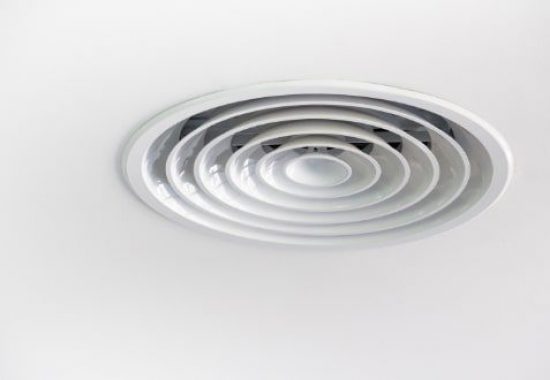
As we strive to boost energy efficiency and lower carbon emissions, our buildings have become increasingly airtight. As a result, the need for proactive ventilation is greater than ever.
With the ventilation sector seeing significant growth (in fact, many electricians are looking to move into it), it’s important for wholesalers and their customers to know about the main ventilation systems and what’s important to consider when selecting the right one.
When a property is correctly ventilated, fresh air is brought in which dilutes airborne pollutants (including odours) and helps to control humidity. We all know how uncomfortable a hot and stuffy room is and a damp house is not good. Additionally, poor indoor air quality has been linked to allergies, asthma, cardiovascular disease, lung cancer and even dementia.
The minimum continuous extraction requirement for domestic properties (detailed in Building Regulations Approved Document F) is set at 13l/s from kitchens and 8l/s from each bathroom/utility area. Opening a window isn’t enough to achieve this which is where mechanical ventilation comes in.
The four types of ventilation system that are suitable for a domestic property are:
The latter two systems are necessary in most cases in order to achieve the levels of extraction required by Building Regulations.
When thinking about what equipment to stock and what you should discuss with your customers, there are a number of key influencing factors.
1. Size
In smaller properties, there is less choice when it comes to choosing a unit to install. Most units are now wall-mounted in a cupboard within the property which means they have to be compact. Larger properties have a greater choice in unit and where to locate it.
2. Noise
A noisy appliance isn’t going to go down well with any homeowner and while mechanical ventilation systems aren’t silent, they can be very quiet. In a domestic setting, you’ll want to opt for a system that generates less that 24dBA (about as loud as a whisper) and have it located more than a meter away from the air valve.
3. Ducting
If the ducting is poor, this has a negative impact on airflow, sound pollution and the overall effectiveness of the system. Quality ducting will fit together to minimise air leakage, and this is what you’ll want to stock.
4. Polluted areas
It’s important to bear in mind that inner-cities already have higher concentration of pollutions in the air. Bringing this type of air into a property may help to meet Building Standards but it won’t be healthy for the inhabitants. Using an MVHR system will be a better solution here as they contain filters that remove pollutants.
With Continuous Mechanical Ventilation systems being more popular than ever, wholesalers would be wise to consider expanding their ventilation range and knowledge to make the most of the growth in this sector.
Bridgewater Professionals specialise in recruitment for jobs within the wholesale, distribution and manufacturing industries, recruiting highly skilled individuals at all levels across the UK and Ireland.
If you’re an electrical wholesale, distribution or manufacturing professional interested in developing your career, get in touch with us today.
Notifications